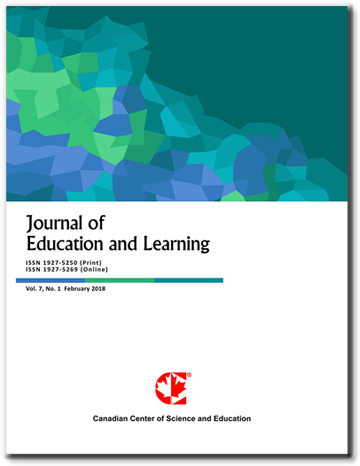The Use of the Peer Teaching Model in Physical Education and Sports Instruction
- Halil Tanır
Abstract
This study is a review that aimed to examine the effects of the peer teaching model implemented in physical education classes on students’ motor skill development, acquisition of fundamental skills, maintenance of physical fitness, self-confidence, and cooperation. Various scientific studies conducted with students of different ages and skill levels were examined. These studies have found that education using peer teaching positively affects students’ psychomotor development and leads to higher levels of participation and success compared to traditional teaching methods. In interventions implemented across different sports branches, it was observed that the accuracy of students’ performances increased and the number of repetitions grew. Furthermore, it was determined that using the peer teaching model enhances students’ self-confidence, promotes social interaction, and contributes to the development of healthy lifestyle habits. On the basis of the present study’s findings, it is recommended that the peer teaching model be systematically integrated into physical education curricula. Providing short-term guidance training to educators may also enhance the effectiveness of the model. Peer teaching should be regarded as a holistic approach that supports both physical and socio-emotional development, and it is an effective instructional strategy in the field of physical education.
- Full Text:
 PDF
PDF
- DOI:10.5539/jel.v14n5p380
Journal Metrics
Google-based Impact Factor (2021): 1.93
h-index (July 2022): 48
i10-index (July 2022): 317
h5-index (2017-2021): 31
h5-median (2017-2021): 38
Index
Contact
- Grace LinEditorial Assistant
- jel@ccsenet.org
